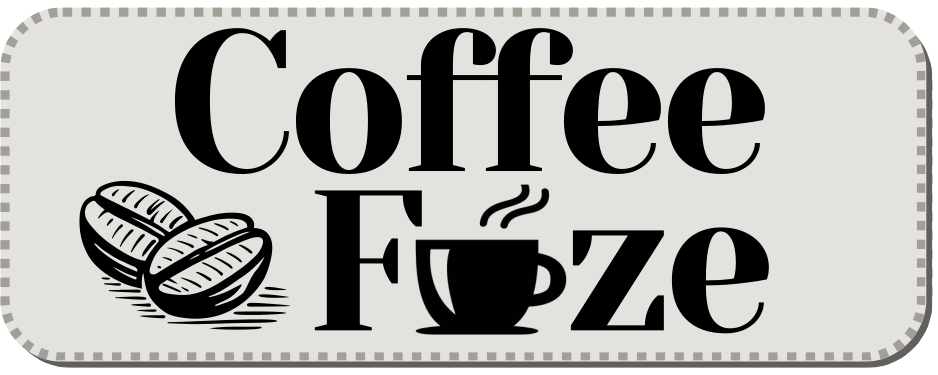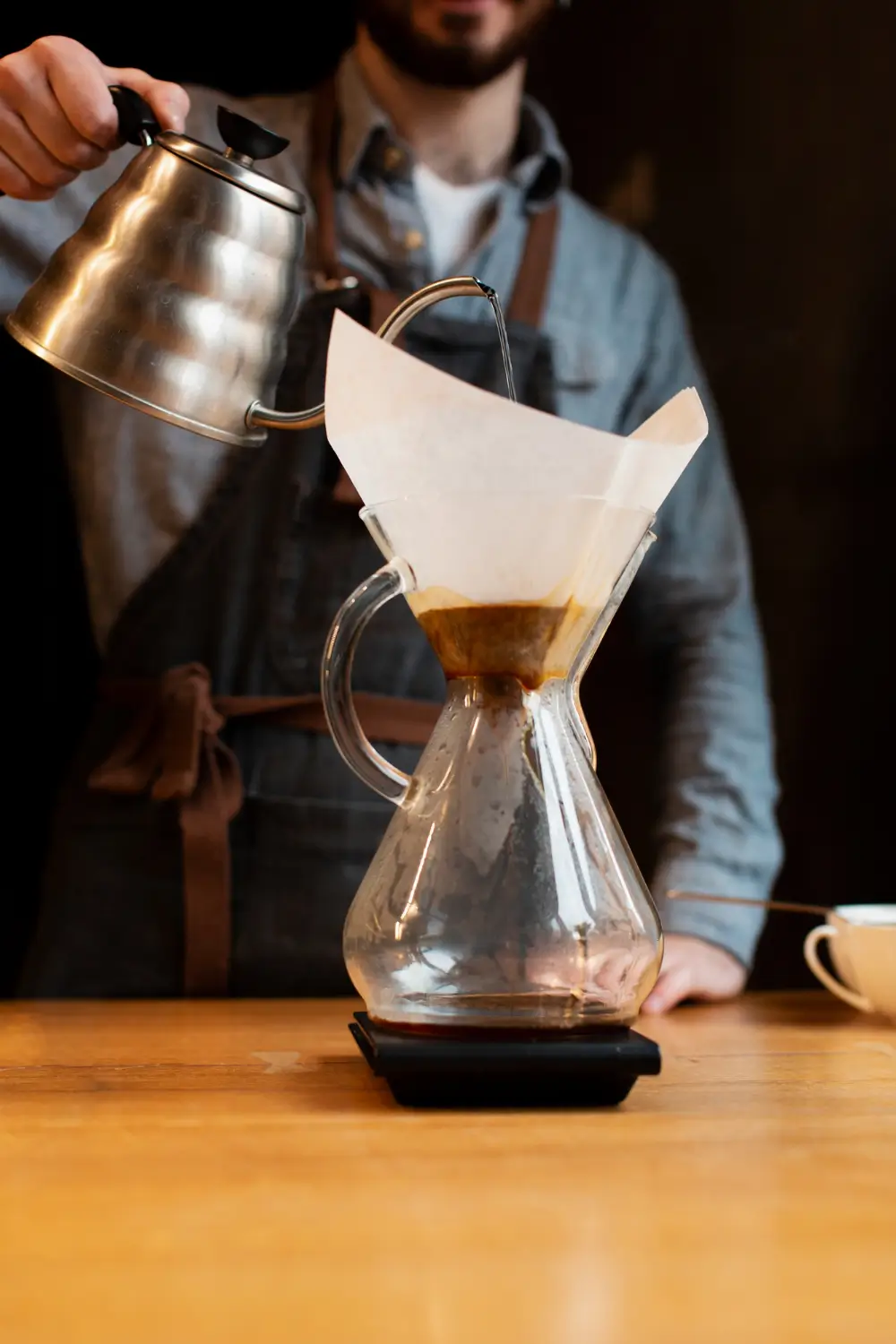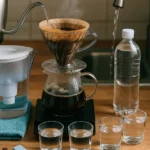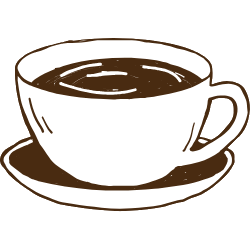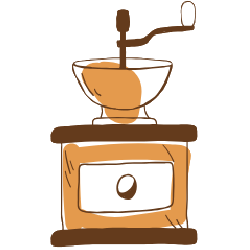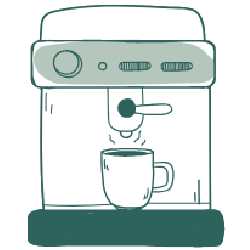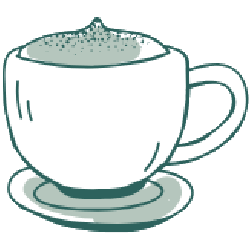The subtle role of a coffee filter often goes unnoticed, yet it really shapes your daily brew. This small, powerful component directly influences the coffee flavor profile you experience in every cup. Knowing the differences among types of coffee filters helps you elevate your brewing to new heights. Let’s look at the best coffee filters for various tastes and methods, focusing on the main categories: paper filter, metal filter, and cloth filter. You’ll see how they impact your coffee.
- What are the main types of coffee filters?
- How do coffee filters impact taste, aroma, and body?
- What are the environmental and economic considerations of choosing the best coffee filters?
- What are the best coffee filters for specific brewing methods?
- How do filter characteristics influence optimal coffee extraction?
- How can you choose your ideal coffee filter?
- What are the key takeaways about the best coffee filters?
What are the main types of coffee filters?
The main types of coffee filters include paper, metal, and cloth. Each offers distinct characteristics and influences your final brew differently.
What are the benefits of paper coffee filters for a clean, bright cup?
Paper filters give you a clean, bright, and often fruity cup profile. They effectively trap coffee grounds, fine sediments, and most coffee oils, specifically diterpenes. Made from porous filter paper, they stop unwanted particles from reaching your cup. This filtering really clears up your coffee.
Think about how paper filters affect your brew. Bleached paper filters offer a neutral taste, delivering crisp clarity without adding any additional flavors. Unbleached paper filters, on the other hand, might sometimes give you subtle papery notes. But they often lead to a slightly bolder flavor. Always rinse your paper filter before brewing to eliminate any potential off-flavors.
Paper filters come in all sorts of shapes, fitting different brewing needs. For example, you’ll often see flat-bottom filters in drip coffee machines. They make sure the water spreads evenly. Cone-shaped filters are popular for pour-over brewing methods, letting you build a deeper coffee bed for a really thorough extraction.
Specialized paper filters include:
- Chemex filters are thicker. They create a very clean cup, trapping even more oils and sediments, which slows down the flow.
- Kalita Wave filters have ridges for consistent airflow and stable temperature. This helps with even coffee extraction.
- Hario V60 filters are thin and cone-shaped. They’re designed for faster brewing and vibrant flavors.
- Aeropress paper filters are small, disk-shaped. They give you a smooth, very clean cup when you use them with your Aeropress brewing method.
These filters are disposable, meaning you use them once and toss them. They’re biodegradable, so cleanup is super easy. But that convenience comes with a cost. Over time, buying them adds up more than reusable options.
What full-bodied experience do metal coffee filters offer?
Metal filters, usually stainless steel mesh, give you a full-bodied, rich experience. They let more coffee oils and fine coffee sediment pass into your cup. You get bolder flavor and a more substantial mouthfeel, or coffee body. You often notice complex aromas and pronounced nutty or chocolatey notes.
These filters don’t remove diterpenes, which are natural coffee oils. Some studies suggest diterpenes can affect cholesterol levels for certain people, but they also offer potential health benefits. Metal filters are incredibly reusable and tough. They’ll last you a long time. They’re easy to clean too—often just a quick rinse after use. That’s pretty convenient.
You’ll often find them built into brewers like the French Press brewing method. Their design is what gives the French Press its classic brew. For pour-over or drip, you can find standalone metal filters. You’ll need a separate holder for those.
What balanced middle ground do cloth coffee filters provide?
Cloth filters, made from natural fabrics like cotton or hemp, offer a great middle ground when you’re looking for the ideal filter. They hold back some coffee oils and fine particles. Think of it as sitting right between paper’s high retention and metal’s low retention. This selective filtering gives your coffee a smooth, creamy texture and balanced clarity.
A cloth filter can cut down on perceived acidity and really bring out the natural flavors of your beans. They work especially well for immersion brewing methods or siphon brewing methods. That’s where their unique filtering really shines. They’re reusable, a nice eco-friendly choice.
But cloth filters need careful looking after. You have to clean and dry them completely after every use to stop mold and keep their integrity and neutral taste. Just like some paper filters, you’ll usually need a separate holder for cloth filters.
How do coffee filters impact taste, aroma, and body?
Coffee filters really change your coffee’s flavor profile, aroma, and body. They control how much of the coffee’s oils and fine sediments actually make it into your cup. The filter’s material and how porous it is directly decide what gets through. This shapes your whole sensory experience.
Bleached paper filters give you a cleaner, brighter cup with a neutral flavor. They effectively trap coffee oils (diterpenes) and fine coffee sediment, leading to a crisp clarity and often highlighting acidic and floral notes. Unbleached paper filters also offer high retention, but they might add subtle papery or natural notes if you don’t rinse them properly. This often leads to a slightly bolder flavor. Metal filters, usually made of stainless steel, let most oils and fine particles pass right through. You get a full-bodied, richer mouthfeel and a more complex aroma. Think pronounced nutty or chocolatey notes. Cloth filters, made from cotton or hemp, find a balance. They keep some oils and fine particles, giving you a smooth, creamy texture and balanced clarity. They often enhance natural coffee profiles.
| Filter Material | Oil/Sediment Retention | Taste & Aroma Impact | Body & Texture |
|---|---|---|---|
| Bleached Paper | High retention of oils & sediment | Clean, bright, neutral; minimal off-flavors | Light body, crisp clarity |
| Unbleached Paper | High retention, subtle natural taste | Slight papery notes if unrinsed; robust flavor | Slightly heavier than bleached |
| Stainless Steel | Low retention, oils & fine particles pass | Rich, complex, fuller aroma; more pronounced nutty/chocolatey notes | Full-bodied, creamy mouthfeel |
| Cotton (Cloth) | Moderate retention; some oils & sediment pass | Smooth, creamy, rounded acidity; less bright | Medium-to-full body, velvety |
What are the environmental and economic considerations of choosing the best coffee filters?
When you’re picking coffee filters, you’re often balancing reusable coffee filters against disposable paper filters. This impacts both the environment and your wallet. Each one has its own pros and cons for sustainability, cost, and how convenient it is.
Reusable coffee filters really help the environment. They drastically cut down on waste because you can use them for years. Using them long-term means you don’t keep buying and throwing away single-use paper filters. Financially, they save you money in the long run. Even with a higher upfront cost, they’re cost-efficient.
But reusable filters need regular cleaning. That takes water and time, which some people find less convenient. Making durable materials like stainless steel can have a higher initial footprint, but their long lifespan usually balances that out.
Disposable paper filters are super convenient. No cleaning needed; just toss them after use. Many unbleached, plastic-free paper filters are also compostable. That can lower their environmental impact if you dispose of them correctly. Even though they’re cheap to buy initially, repeatedly purchasing them means they cost more than reusable options over time. All that repeated use generates more solid waste, affecting landfills.
Ultimately, your choice depends on how you balance these factors. Reusable filters are great for sustainability and long-term savings, but they need more maintenance. Disposable filters prioritize convenience and compostability, but they create more consistent waste.
What are the best coffee filters for specific brewing methods?
The best coffee filters really change depending on your brewing method. Each filter type is designed to work with certain techniques and flavor profiles.
What are the best coffee filters for pour-over brewing methods (V60, Kalita Wave, Chemex)?
For pour-over brewing methods, like your Hario V60, Kalita Wave, and Chemex, specific paper filters are often preferred. Conical paper filters, like the Hario V60 filter, are excellent for clean, bright cups. They support faster flow and vibrant flavors. Flat-bottom paper filters, such as those for your Kalita Wave filter, give you more body and sweetness. They promote even extraction and minimize channeling. The unique Chemex filter is much thicker. You get an ultra-clean cup, but with a slower drip. If you want reusable options, metal cone filters are out there. They’ll give you a fuller-bodied brew by letting more oils and fines pass through.
Which coffee filters are ideal for drip coffee machines?
For drip coffee machines, your filter choice usually depends on the basket’s shape. Most drip machines, like older Mr. Coffee models, typically use flat-bottom filters. They prevent channeling and ensure consistent extraction for larger batches. Machines with conical baskets, like a Moccamaster, do well with conical paper filters. You get a cleaner cup with higher acidity. Some advanced machines, like those from Breville/Sage, are versatile. They fit both flat-bottom and conical filter types, letting you customize your brew.
What are the best coffee filters for AeroPress?
The Aeropress brewing method often uses small, round Aeropress paper filters. They’re known for giving you a very clean, smooth cup. These disk-shaped filters really stop fine sediment and most oils. You get a consistently refined flavor. For a richer, bolder brew with more coffee oils and fines, many people go for reusable metal filters. They’re specifically designed as discs for the AeroPress. Your choice between paper and metal for Aeropress really comes down to whether you want clarity or body.
What coffee filters are used for French Press?
The French Press brewing method exclusively uses a fitted metal filter. It’s a metal mesh disc attached to the plunger. This design lets all coffee oils and fine particles stay in your brew. That’s what gives the French Press its classic full-bodied, rich texture and robust flavor. Unlike other methods, using paper or cloth filters isn’t standard for French Press. They’d remove the very elements that make its mouthfeel and coffee body so distinctive.
| Brewing Method | Filter Type | Resulting Coffee Profile |
|---|---|---|
| Pour-over (Hario V60) | Conical paper filter | Clean, bright, high acidity |
| Pour-over (Kalita Wave) | Flat-bottom paper filter | More body, sweetness, balanced clarity |
| Drip Coffee Machine | Flat-bottom or conical paper | Varies: flat-bottom = more body, conical = cleaner cup |
| Aeropress | Small round paper or metal disc | Paper = clean/smooth; metal = richer/bolder |
| French Press | Fitted metal mesh disc | Full-bodied, oily, rich texture |
How do filter characteristics influence optimal coffee extraction?
Your filter’s characteristics—things like its shape, pore size, and thickness—directly impact your coffee extraction and coffee clarity. They’re crucial for a perfect brew. These properties control how fast water flows and how many particles and oils are held back. That’s what shapes your final taste.
Filter shape really changes the coffee bed. Cone-shaped filters create a deeper coffee bed. This leads to slower, more controlled water flow. You get thorough extraction and a concentrated, full-bodied cup with nuanced flavors. You’ll commonly see these in devices like the Hario V60 and Chemex. Flat-bottom filters, on the other hand, give you a larger surface area. This means more even water flow and a balanced flavor profile. You often find them in drip coffee machines for larger brews.
Filter thickness and pore size are also super important. Thicker paper filters, like those around 0.15mm or 0.28mm, slow down water flow. This really boosts clarity by trapping more fine particles and oils. For instance, Chemex filters are noticeably thicker, giving you an especially clean cup. Thinner papers work well with coarser grinds and lighter roasts. Thicker papers are better for darker roasts and finer grinds to handle faster extraction. The material itself—whether it’s a paper filter, metal filter, or cloth filter—inherently affects extraction: paper traps most, metal lets most through, and cloth offers a middle ground.
Finally, size compatibility is absolutely critical. Your filter has to perfectly fit your coffee maker. This ensures consistent water distribution and stops uneven or under-extraction. Mismatched filters can lead to bypass. That’s when water flows around your coffee grounds instead of through them, giving you a weaker, less flavorful brew.
How can you choose your ideal coffee filter?
Choosing your ideal coffee filter means thinking about a few things. You want to match it to your personal preferences and your brewing setup. The perfect filter really aligns with the coffee flavor profile you want, your brewing equipment, and your lifestyle.
First, think about your flavor preference. Do you like a clean, bright cup with hardly any sediment? A paper filter, especially a bleached paper filter, will give you that clarity. If you prefer a full-bodied, rich experience with more oils and a bolder taste, a metal filter is your best bet. For a balanced cup—smooth texture, moderate clarity—a cloth filter offers a great compromise.
Next, consider your specific brewing method. Different coffee makers need specific filter types. For example, a pour-over brewing method like a Hario V60 uses cone-shaped paper filters. A French Press brewing method exclusively uses a metal mesh filter. A drip coffee machine usually takes flat-bottom or conical paper filters, and an Aeropress brewing method uses small round paper or metal discs.
Lastly, weigh convenience vs. sustainability. Disposable paper filters offer unmatched ease. No cleaning needed. But they add to ongoing waste and cumulative costs. Reusable coffee filters (metal or cloth) are more eco-friendly. They make a positive environmental impact and offer long-term cost efficiency. But they need diligent maintenance—regular cleaning and drying. How willing you are to clean and maintain a reusable filter is a big part of this decision.
What are the key takeaways about the best coffee filters?
Finding the best coffee filters is a journey. It reveals a surprising diversity and really impacts your daily cup. There isn’t one “best” filter. Your ideal choice truly depends on your individual preferences for coffee flavor profile and the specific brewing method you use. Each filter material—paper, metal, and cloth—offers a unique sensory experience. They influence your coffee’s body, aroma, and clarity.
Once you know how different filters interact with coffee oils and sediments, you gain control over your brew. I encourage you to experiment with various filter types. This experimentation will definitely help you discover your perfect cup. What’s your go-to filter, and why?
